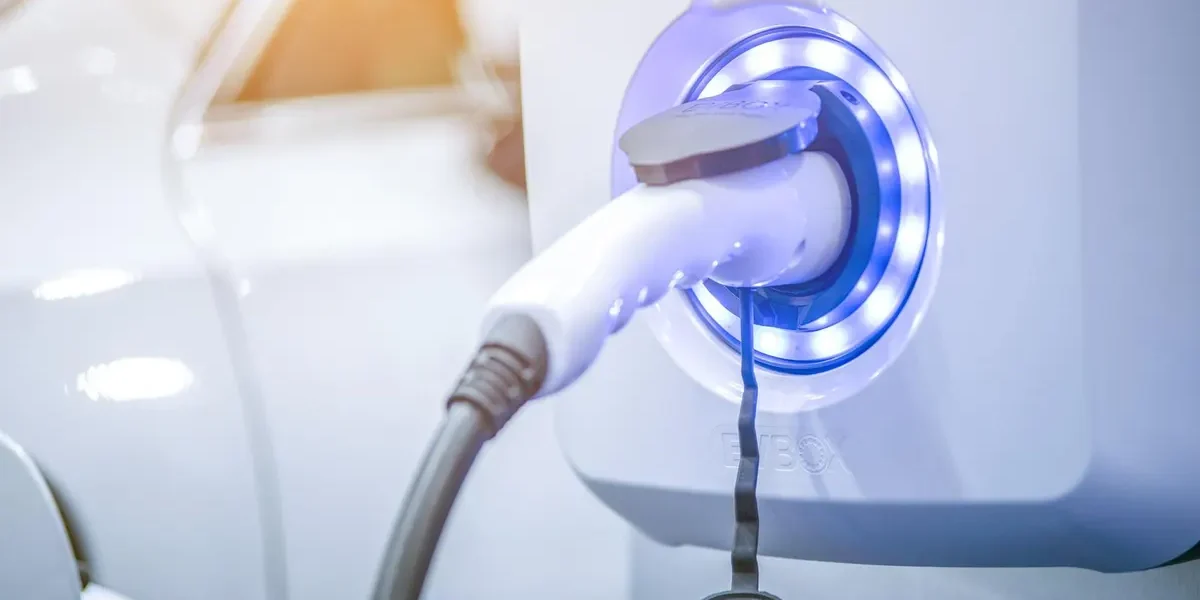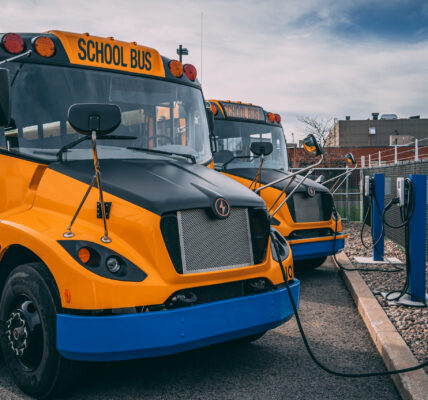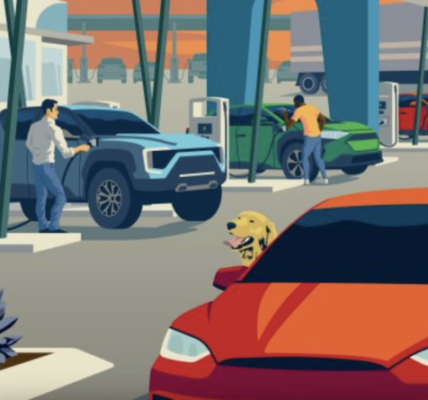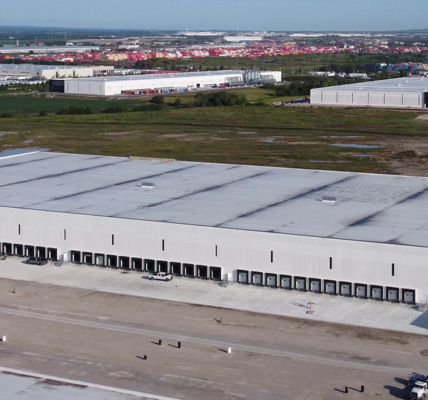The Inflation Reduction Act (IRA) is a landmark legislation that will spur domestic clean energy investment over the next few decades. This effort is crucial as the U.S. works to electrify its most polluting industries and advance them into more sustainable solutions. Policy and regulatory frameworks are critical for manufacturers as they determine where to commit their major investments in support of decarbonization and new technologies to accelerate the transition to electricity. The IRA has effectively brought the U.S. to a leadership position in supporting the global race for electrification of transportation and efficiently channeling the power of the private sector.
It’s no secret that electric vehicles (EVs) are one of the fastest-growing sectors in mobility, accounting for roughly 4.5% of new vehicle sales in the U.S. in 2021, and are expected to capture a significant portion of the market in the next few years. New guidelines released by the EPA are expected to boost EV sales to at least 60% of the vehicles sold in the U.S. by 2030. These guidelines, alongside the IRA incentives, will impact how we innovate and manufacture the vast number of batteries that will be needed.
The IRA provides substantial incentives to boost domestic battery production—a sign that the U.S. is seeking independence from other countries for battery materials to increase its control of an EV industry that isn’t slowing down. It also demonstrates the U.S.’s commitment to level the playing field for U.S. manufacturers developing emerging battery technologies like solid-state batteries and creating an environment where they can compete with legacy players abroad.
Battery manufacturers are looking to capitalize on the IRA and improve battery production in the U.S. Under Section 45X of the IRA—the “Advanced Manufacturing Production Credit”—battery manufacturers may receive production credits for battery cells and battery modules if produced in the U.S. Battery cells can receive a credit of up to $35 per kilowatt hour of capacity, and battery modules can receive a credit of up to $10 per kilowatt of capacity or up to $45 per module if it doesn’t use battery cells. After applying the maximum $45 credit to all battery modules, the total value of production credits over the next decade is approximately $196.5 billion. By utilizing the savings provided by the IRA, manufacturers can increase the production of essential batteries required for EVs.
There’s also an industrial shift with original equipment manufacturers (OEM) adapting their business models in response to the new initiative. Leading OEMs are looking to invest in solid-state battery technology to develop safer and higher-performance passenger and commercial EVs. I expect to see similar investment plans for U.S. battery production by other OEMs as more government dollars and incentives are introduced. For instance, Factorial Energy plans to open a solid-state battery manufacturing facility in Methuen, Massachusetts, that we anticipate will bring hundreds of new jobs to the local community.
Conversations on reducing the U.S.’s reliance on batteries and critical materials from other countries have dominated the media recently. With IRA incentives, it’s expected that the U.S. will increase the percentage of battery manufacturers operating domestically.
The U.S. Treasury Department recently introduced rules that changed the vehicles that will qualify for the highly coveted EV consumer tax credit. Now, “at least 50% of the components in an EV battery must be made in North America.” Additionally, “40% of the minerals used to make the batteries […] must come from domestic sources or from countries that have trade agreements with the U.S.” Now more than ever, OEMs are racing to switch up their supply chains to help their customers qualify for the tax credits.
The IRA is spurring historic and transformational change aimed at reestablishing manufacturing as the pinnacle of American blue-collar talent while helping reach the U.S. federal climate goals. Long-term commitments to battery production facilities are worth billions of dollars and can’t be made lightly. Companies are weighing a variety of factors, including leveraging subsidies, effective logistical connections and proximity to markets.
Factorial Energy is just one battery manufacturer in the U.S. that plans to leverage IRA incentives and translate them into savings for OEMs and, eventually, consumers in the near term. You can expect others to join such efforts, creating even more innovation in the space. We can expect other regions that are looking to accelerate industrial growth to model their efforts after the IRA benefits and to begin domestic production of critical materials in order to maximize the opportunities for companies, especially those developing innovative technologies.








